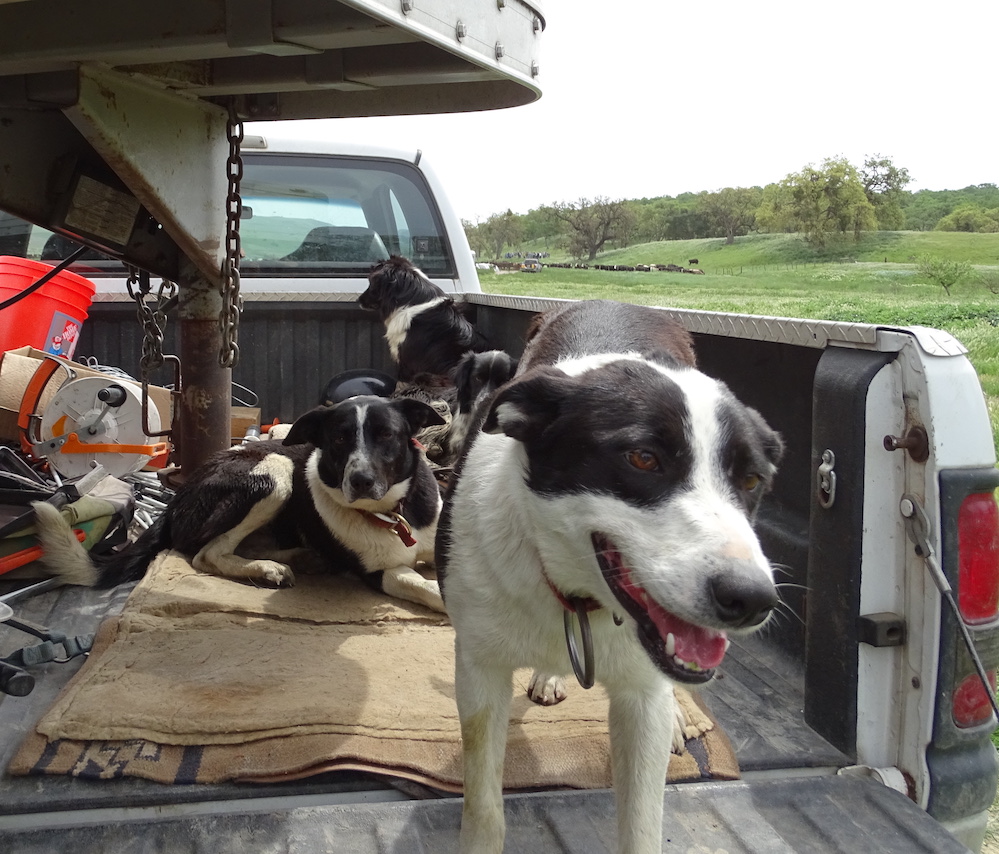Mammalian brains – horse brains, dog brains, human brains – have many similarities. Since this is so, and since most horse owners love dogs, too, we thought you’d be interested in what folks at Harvard University have found:

Recent cover of the Journal of Neuroscience
Researchers there are discovering that dog brains have neuroanatomical differences depending on what they were bred to do. The differences have less to do with their outward appearance (like a big skull or a small body size) and more to do with regions of the brain which may be diminished or amplified, depending on brain skills they most need.
Dr. Erin Hecht is an assistant professor in the department of human evolutionary biology at Harvard University. For this study, published in the Journal of Neuroscience, she and her colleagues divided the brain into six components or networks involving the following: drive and reward; olfaction and gustation (smell and taste); movement, eye movement and spatial navigation; fear, stress, and anxiety; olfaction and vision.
While the canine family tree is large and storied with hundreds of breeds, scent dogs from different branches of the tree have similar neuroanatomical traits. In other words, selective pressure through generations of domestic breeding, have resulted in the same amplified or diminished components.

Dr. Erin Hecht
Over the last 200 years or so, we humans have bred dogs to be good at various skills to help us get along and accomplish tasks. We’ve bred them to be good at: herding, companionship, sight hunting, scent hunting, and guarding, for instance.
The cute Yorkie that’s constantly in a woman’s arms? The part of the Yorkshire Terrier’s brain that has most to do with social action and interaction has covaried (changed together) with the development of that breed, Hecht and others have shown. Meanwhile, the region of the Border Collie and English Pointer brains associated with drive, reward, and vision has covaried with the advancement of these breeds.
Does this help explain why your border collie and pointer thrive in open, working (ie, reward-filled) environments and why your Yorkie is okay just hanging out? Yes!
“The anatomy of these networks correlates significantly with different behavioral specializations such as sight hunting, scent hunting, guarding, and companionship,” wrote Hecht.
We’re connecting with Dr. Hecht to discuss how her findings may apply to horse breeds and aptitudes — stay tuned.
What happens over the long course of time when breed-specific traits aren’t used, essentially becoming neurologically dormant? What happens to the herding dog who lives in the city and whose puppies and then those next puppies never lay eyes on cows or sheep?
Hecht is studying that, too. Read more here.
“We know that training is doing something,” says Hecht. “We’re trying to figure out how far an innate genetic inheritance gets you. And then, what’s the additional bump that you’d get from experience and learning?”
Can you take a city slicker border collie, put it on a herd of cattle, and watch the magic unfold? That’s not likely. But chances are, it would adapt a lot better than, say, a poodle or golden retriever.

Herding dogs take a break. At the Paicines Ranch in California
Why we love mustangs.
Thanks for your comment, Kerry. Tell us why 🙂
Ha, ha… re-reading. Because their brains, as well as their bodies, have adapted to their survival needs. Could be called hyper vigilant, but they observe things in a different way than many domestics. They also “make maps.” Once trusting they form strong bonds. One reason why Tip Training doesn’t always translate smoothly to a new owner. Their “horse language” is very congruent. Often domestics don’t get the opportunity to learn that. Domestic horses are often bred for “temperment.” That could mean many things, but is human-centric. Just like dogs, large breeds are bred for docility.
Would be interesting to see a study like this on the difference in brains between breeds of equines bred for very different purposes and wild ones. And, since our wild horses are really only a few to a few hundred years away from domesticity, is there any discernible difference at all, or are we short changing domestic horses?
Wow, amazing article
Amazing work you are doing